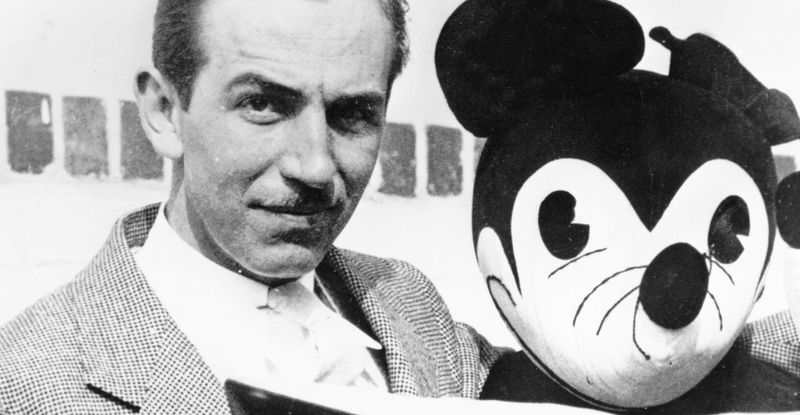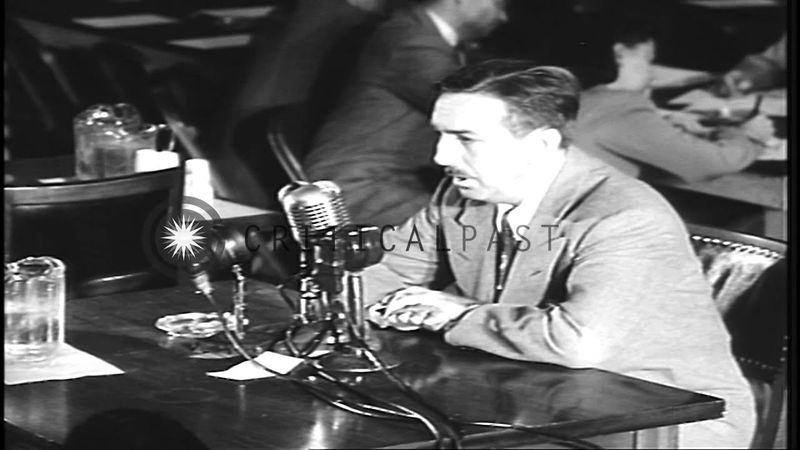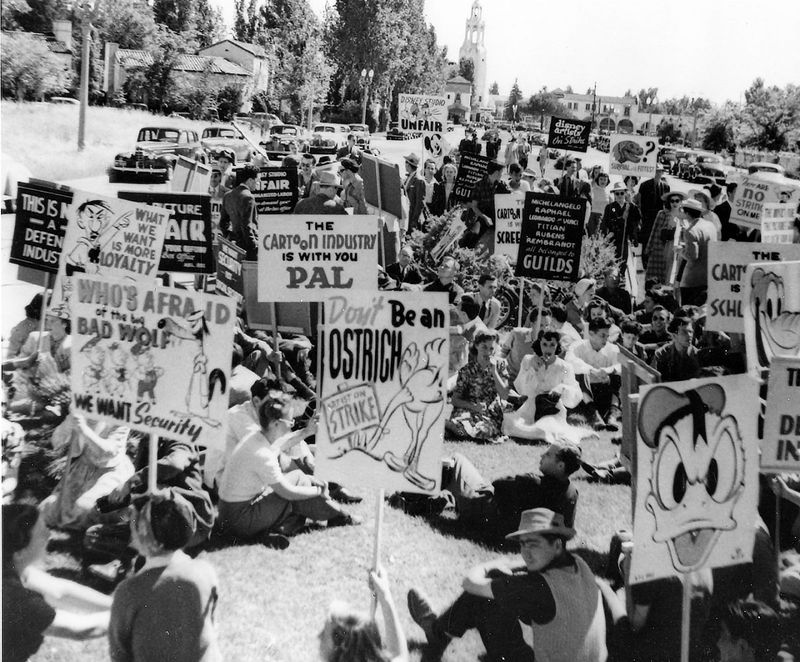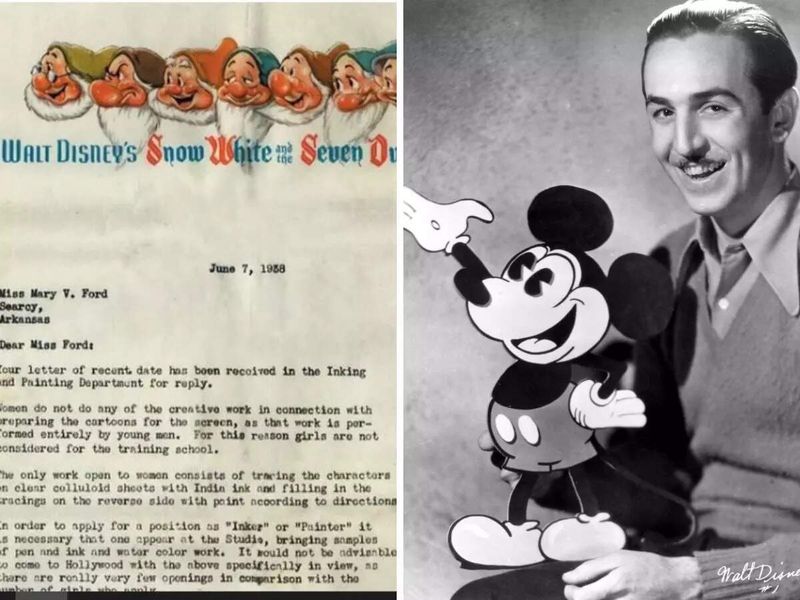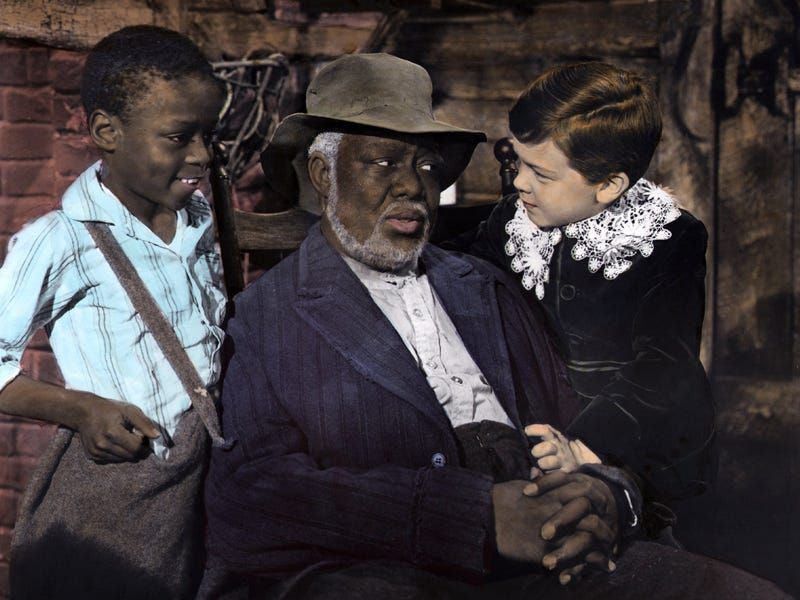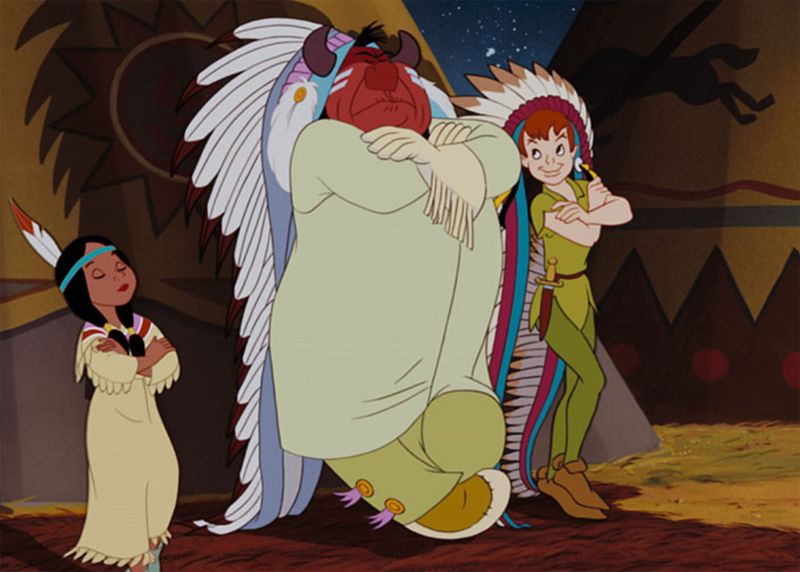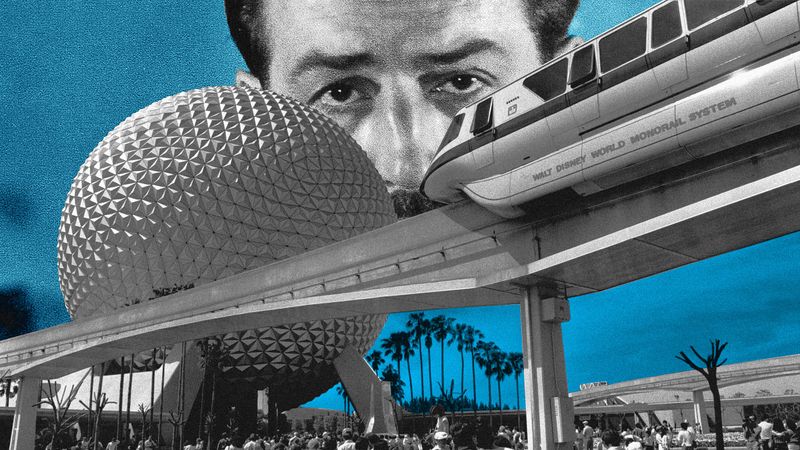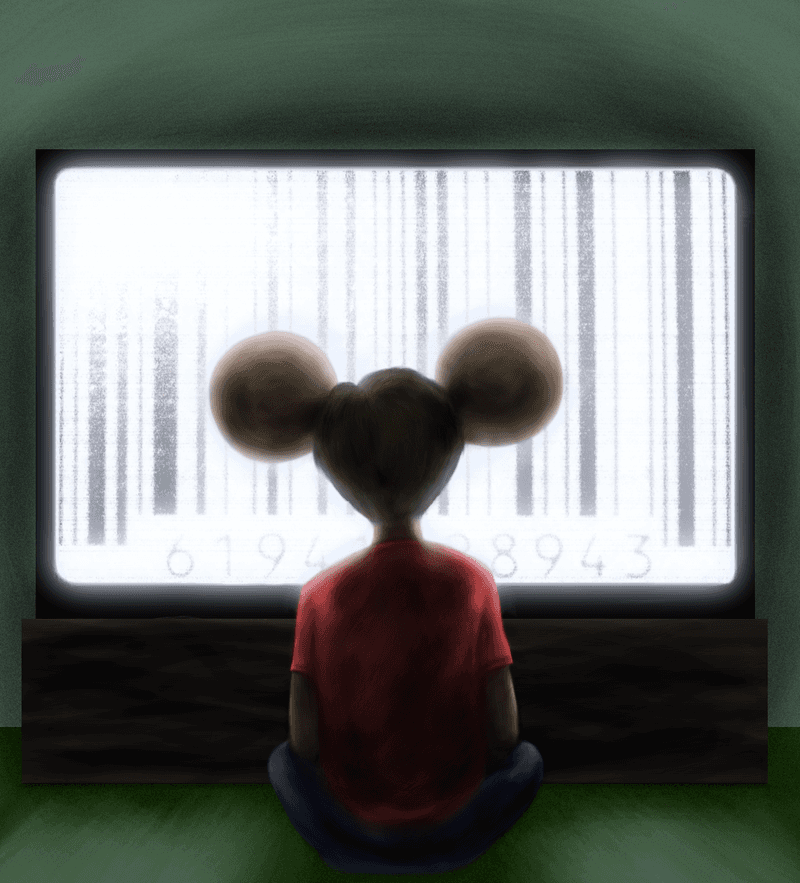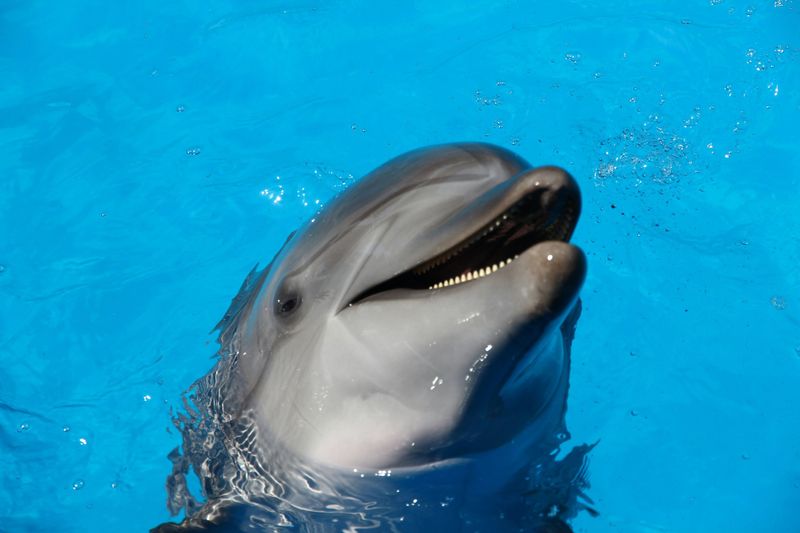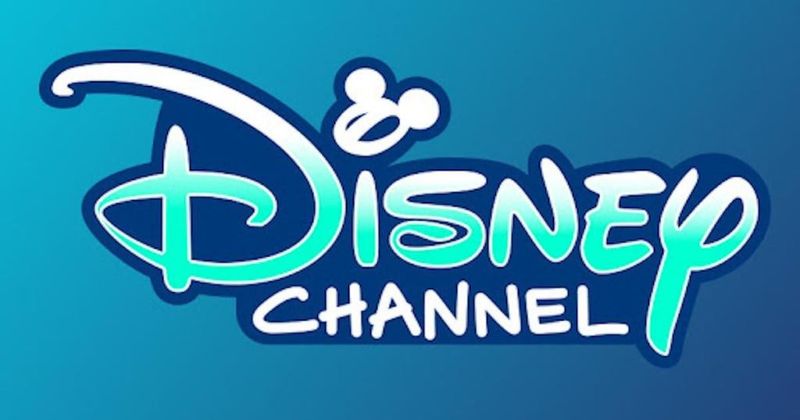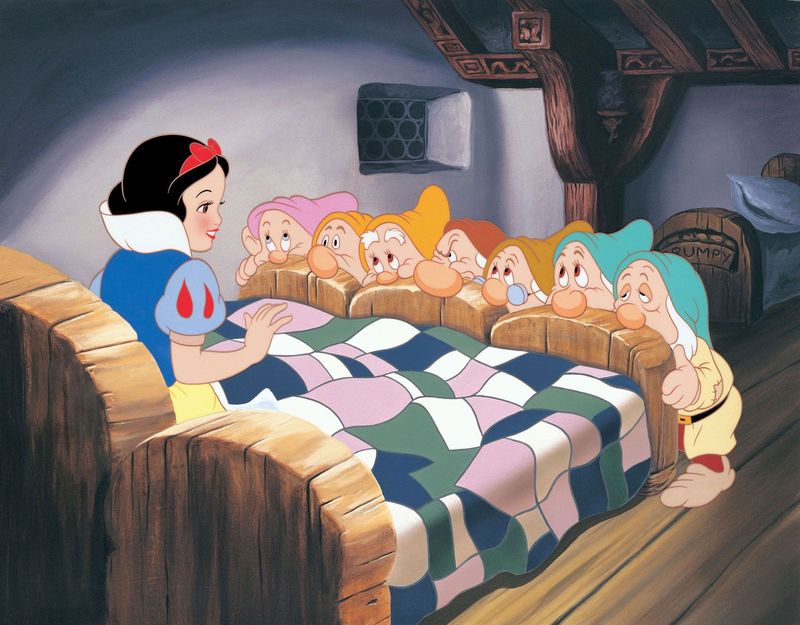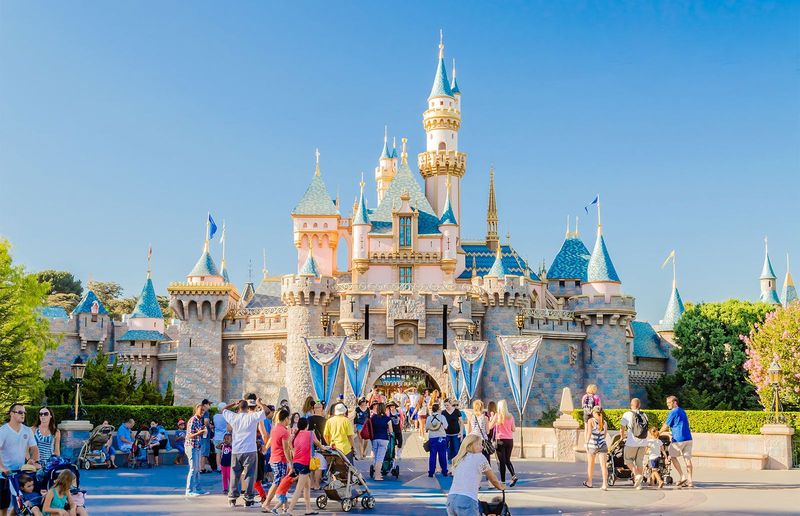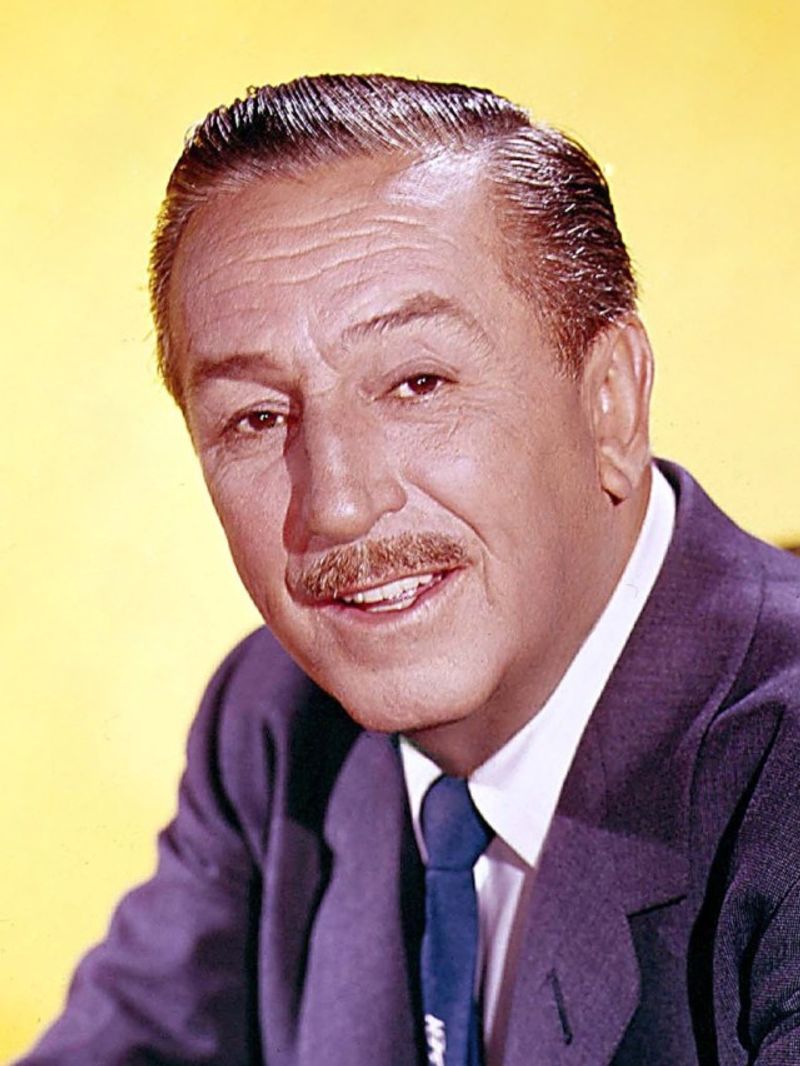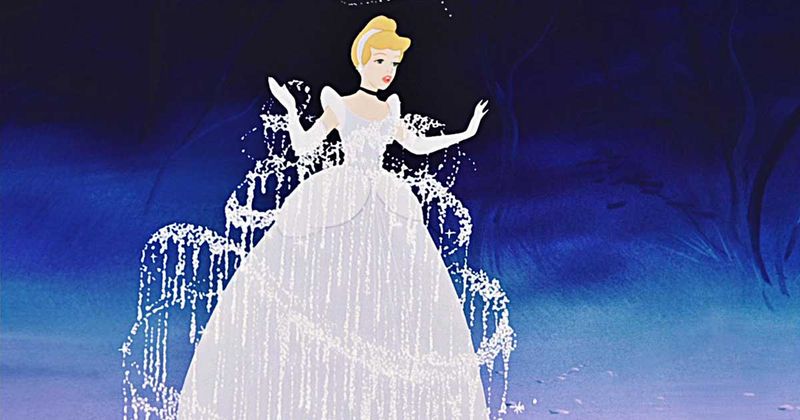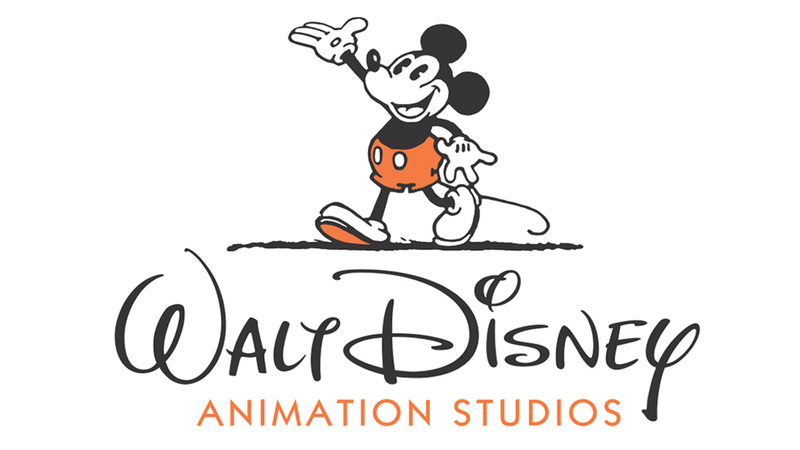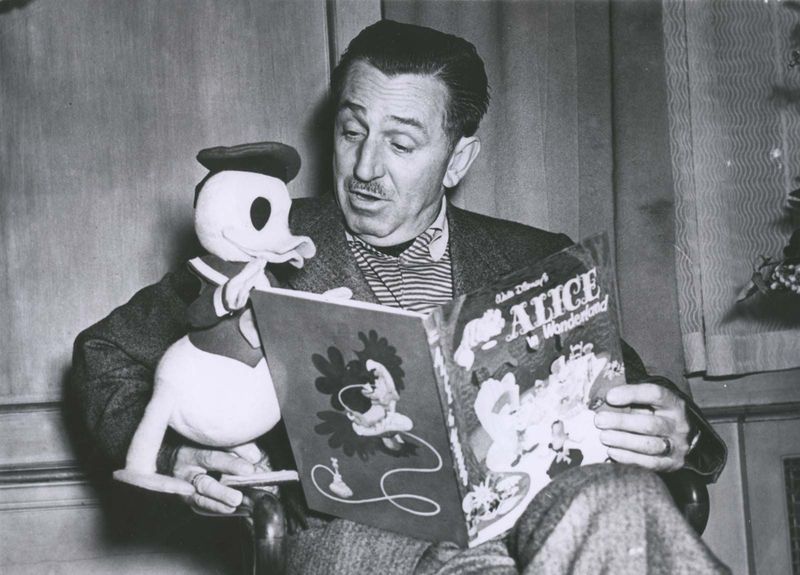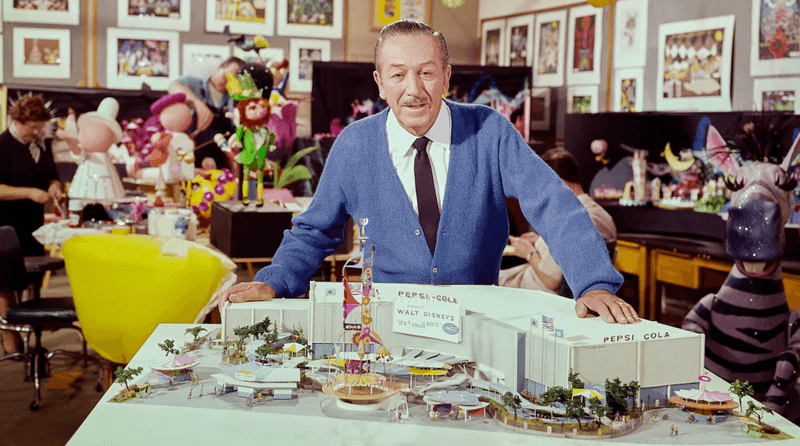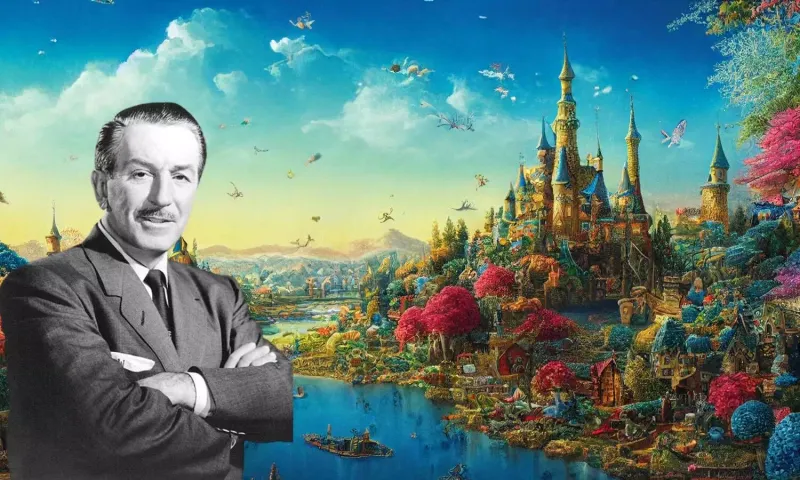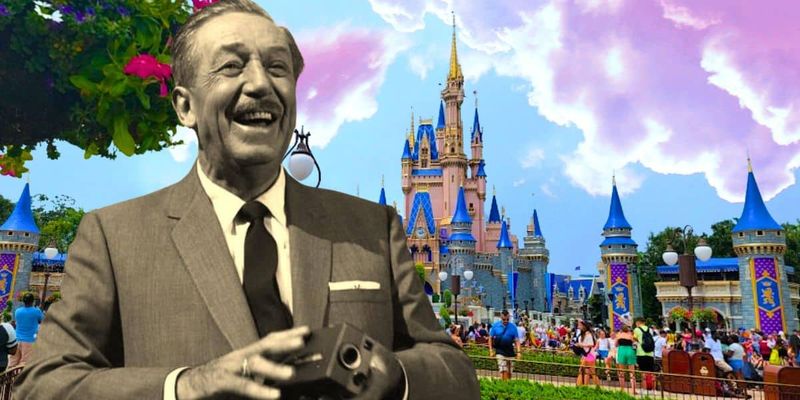Walt Disney, a pioneer of animation and entertainment, has left a complex legacy characterized by both groundbreaking achievements and contentious controversies.
His visionary creativity brought joy to millions while also sparking debates that continue to this day.
This article explores 24 key moments of Disney’s life, split evenly between his most significant controversies and his greatest triumphs.
1. Accusations of Antisemitism
Rumors of Walt Disney’s antisemitism have cast a shadow over his legacy for decades. While some claim his personal views were questionable, others argue these accusations emerged from misunderstandings. Interviews and anecdotes from Disney’s colleagues offer conflicting accounts, leaving the truth obscured. The persistent nature of these rumors demonstrates their complexity, reminding us of society’s evolving views on tolerance and inclusion. This controversy continues to spark debate among historians and fans alike.
2. Racial Stereotypes in Early Films
Disney’s early films like ‘Dumbo’ and ‘Song of the South’ have been criticized for their portrayal of racial stereotypes. Characters embody exaggerated features and roles that reflect the prejudices of their time. These portrayals have been re-evaluated as society becomes more sensitive to racial issues. While they were initially accepted, the modern audience interprets them with a critical eye. This ongoing examination reflects the evolving standards of cultural representation in media.
3. Alleged Support of McCarthyism
During the height of McCarthyism, Walt Disney’s testimony before the House Un-American Activities Committee stirred controversy. He named suspected communists within the film industry, aligning himself with the anti-communist sentiment prevalent at the time. This action generated mixed reactions, with some viewing it as patriotic and others as betrayal. Disney’s involvement in these proceedings highlights the tense political climate of the era and his complex role within it.
4. Labor Disputes and Anti-Union Sentiments
The 1941 animators’ strike at Disney Studios marked a significant chapter in labor relations within the entertainment industry. Employees protested low wages and poor working conditions, painting Disney as unsympathetic and harsh. These disputes led to significant changes in labor policies but left a lasting impact on Disney’s reputation. The strike highlighted the growing pains of a burgeoning industry and the struggle for workers’ rights, impacting future corporate and employee interactions.
5. Sexism in Hiring Practices
Early Disney hiring practices revealed a clear gender bias, with women often excluded from creative roles. Correspondence from the era shows letters explicitly stating gender-based restrictions. As social norms progressed, these practices were revisited and criticized. The male-dominated environment of early studios reflects broader societal attitudes, prompting discussions about gender equality in the workplace. Disney’s evolving policies illustrate a shift towards inclusivity, albeit one marked by historical challenges.
6. Controversial “Song of the South”
‘Song of the South’ remains a contentious film, largely due to its portrayal of the antebellum South in a nostalgic light. Banned from Disney+, the film’s characters and settings are critiqued for glossing over historical realities. This controversy underscores the challenges of adapting folklore without reinforcing harmful stereotypes. Despite its historical significance in cinema, modern audiences view it as a reminder of the importance of cultural sensitivity in storytelling.
7. Problematic Portrayals of Native and Non-Western Cultures
Disney classics like ‘Peter Pan’ and ‘Aladdin’ have been criticized for their depictions of Native American and non-Western cultures. Characters often embody stereotypical traits, reflecting the era’s limited cultural understanding. These portrayals have prompted discussions about the need for authentic representation. As Disney moves towards more diverse storytelling, these films serve as reminders of past missteps and the importance of cultural respect in entertainment.
8. Urban Planning Criticisms of EPCOT Vision
Walt Disney’s vision for EPCOT, the Experimental Prototype Community of Tomorrow, raised eyebrows due to its utopian ideals and focus on urban control. Critics argued that his plans resembled a surveillance state, prioritizing efficiency over freedom. While innovative, the project highlighted tensions between visionary design and personal autonomy. EPCOT’s evolution from concept to theme park reflects broader debates on urban planning and the balance between technological advancement and individual rights.
9. Over-Commercialization of Characters and Themes
The commercialization of Disney characters has been both lucrative and controversial. Critics argue that excessive merchandising dilutes the artistic integrity of beloved characters and themes. This commercial approach transformed Disney into a global brand but also sparked debates about the impact of corporate interests on creative expression. The balance between commercial success and artistic authenticity remains a central challenge in the entertainment industry, exemplified by Disney’s expanding empire.
10. Disney’s Role in Cultural Homogenization
Disney’s influence on global culture has been described as a homogenizing force. Critics suggest that his adaptations of folklore and history often reflect Western ideals, overshadowing original narratives. While Disney’s work brings diverse stories to a broad audience, it also raises questions about cultural authenticity. This debate underscores the responsibility of storytellers to honor source material while adapting it for modern audiences, ensuring a balance between accessibility and respect.
11. Treatment of Animals in Early Parks
Concerns over the treatment of animals in early Disney parks surfaced as reports of neglect and inadequate care emerged. These allegations prompted changes in how animals were housed and showcased. Disney’s response highlights the evolving standards of animal welfare within entertainment venues. This controversy serves as a reminder of the ethical responsibilities entertainment companies bear towards all living creatures, reflecting broader societal shifts towards compassion and care.
12. Legacy Gatekeeping by the Corporation
The Disney corporation’s efforts to preserve and protect Walt Disney’s image have been criticized as overly restrictive. Critics argue that this gatekeeping limits open discussions about the more controversial aspects of Disney’s life and work. The company’s meticulous control over brand narratives reflects a broader trend in corporate legacy management. This approach raises questions about the balance between preserving an iconic image and embracing a more nuanced understanding of historical figures.
13. Pioneered Animated Feature Films
Walt Disney’s ‘Snow White and the Seven Dwarfs’ broke new ground as the first full-length animated feature film. Its success demonstrated the medium’s potential to captivate audiences, elevating animation to a respected art form. Disney’s innovative use of color, sound, and storytelling set a new standard, influencing countless filmmakers. ‘Snow White’ remains a testament to Disney’s vision, creativity, and daring to dream big, paving the way for future animated classics.
14. Revolutionized Family Entertainment
Disney transformed family entertainment by creating experiences that appealed to all ages. His theme parks and films offered shared adventures that bridged generational gaps, fostering family bonds. Disney’s understanding of universal themes and emotions resonated globally, setting a benchmark for family-friendly content. His legacy in this realm is unmatched, blending imagination with universal storytelling to create cherished memories. The joy and wonder he inspired continue to enrich lives worldwide.
15. Invented the Modern Theme Park
Disneyland revolutionized the concept of amusement parks, blending immersive design with storytelling. Walt Disney’s vision of a clean, family-friendly environment offered a stark contrast to traditional carnivals. His innovative approach to attractions and park layout captivated visitors, setting a new standard for entertainment venues. Disneyland’s success spawned a global industry, with theme parks emerging worldwide, continuing Disney’s legacy of magic and wonder. Disney’s dream reshaped leisure and tourism forever.
16. Introduced Technological Innovations in Film
Walt Disney pushed the boundaries of film technology, introducing groundbreaking techniques like the multiplane camera and synchronized sound. These innovations enhanced animation depth and realism, captivating audiences with new visual experiences. Disney’s commitment to technical excellence inspired countless filmmakers and set industry standards. His relentless pursuit of innovation transformed animation from novelty to a celebrated art form, reflecting his belief in technology’s power to elevate storytelling.
17. Established the “Disney Standard” for Storytelling
Disney’s storytelling prowess set a benchmark in film, characterized by well-crafted narratives, pacing, and character development. His understanding of timeless themes and emotional resonance created stories that transcend generations. Disney’s films became synonymous with quality, influencing storytelling across media. His legacy endures as filmmakers continue to draw inspiration from the ‘Disney Standard,’ a testament to his impact on narrative arts. Disney’s stories remain beloved, embodying universal truths with imaginative flair.
18. Elevated Animation to an Art Form
Through his dedication to innovation and quality, Walt Disney elevated animation from mere entertainment to a respected art form. His films showcased meticulous artistry, bringing characters and worlds to life with unprecedented detail. Disney’s commitment to excellence inspired animators and artists, transforming public perceptions of animation. His influence extended beyond film, impacting art and culture, cementing animation’s status as a powerful medium for storytelling and expression. Disney’s legacy endures in every animated frame.
19. Expanded Global Cultural Influence
Disney’s films and characters have transcended borders, becoming beloved in over 100 countries. His ability to craft universally appealing stories allowed Disney to connect with diverse audiences worldwide. This global influence reflects Disney’s skill in blending cultural elements with universal themes, fostering cross-cultural appreciation. Through his entertainment empire, Disney’s creations continue to bridge cultural gaps, showcasing the power of storytelling to unite people across the globe.
20. Launched the Careers of Countless Creators
Disney Studios served as a launching pad for numerous iconic creators in the animation and film industries. Talented individuals honed their skills under Disney’s mentorship, contributing to groundbreaking projects. This nurturing environment fostered creativity and innovation, producing industry-leading talent. Disney’s commitment to artistic growth extended beyond his own work, impacting the broader creative community. His legacy is reflected in the accomplishments of those he inspired, shaping the future of storytelling.
21. Promoted Innovation Through Imagineering
Disney’s ‘Imagineering’ division epitomizes innovation, combining science, art, and storytelling to create immersive experiences. This unique approach to design and problem-solving led to the development of groundbreaking attractions and technologies. Imagineering’s influence extends beyond theme parks, inspiring innovation in various fields. Disney’s vision for Imagineering reflects his belief in the power of imagination to transform ideas into reality. This legacy of creativity and innovation continues to shape entertainment and beyond.
22. Laid the Groundwork for Global Entertainment Empires
Walt Disney’s business acumen and creative vision laid the foundation for global entertainment empires. His strategic expansions into film, television, and theme parks set a precedent for future media conglomerates. The Disney model continues to influence companies like Pixar and Marvel, showcasing the enduring impact of Walt’s legacy. This expansionary vision reflects Disney’s understanding of entertainment’s potential to inspire and unite. His pioneering spirit continues to shape the entertainment landscape worldwide.
23. Left a Legacy of Hope and Imagination
Walt Disney’s legacy is one of hope and imagination, inspiring generations to dream big and believe in possibilities. His creations, filled with wonder and magic, have provided solace and joy to millions. Disney’s vision extended beyond entertainment, embodying ideals of optimism and resilience. His life’s work encourages people to embrace creativity and pursue their dreams, leaving an indelible mark on hearts and minds. Disney’s legacy continues to spark imagination and inspire hope around the world.

